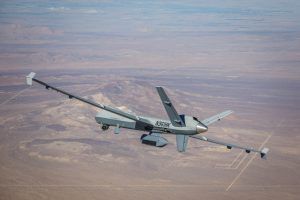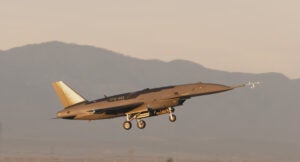
Raytheon Technologies [RTX] said this week that its Germany-based Raytheon Deutschland GmbH subsidiary has developed a passive, digital electronic intelligence (ELINT) system--the Advanced Radar Detection System (ARDS)--that will allow aircraft to escape detection while collecting adversary radar data. “Like a silent vacuum cleaner, ARDS sweeps up information about a broad range of radar and electromagnetic emitters,” Christian Stenzel, a software engineer at Raytheon Deutschland, said in a statement. “The collected information is analyzed and becomes part of a military’s library…














